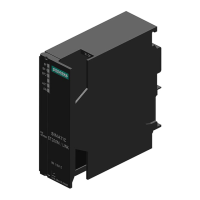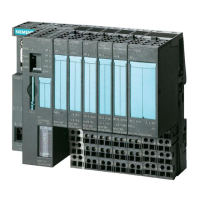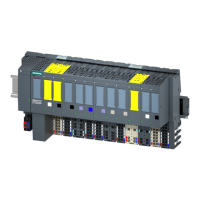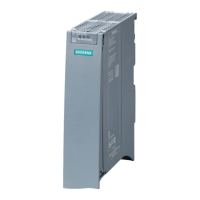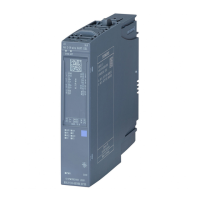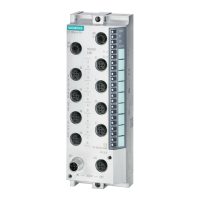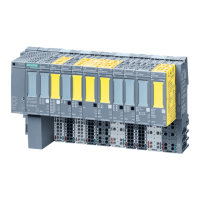Time-based IO basics
2.6 Technical implementation
High-precision input/output with Time-based IO
20 Function Manual, 08/2014, A5E33454822-AB
Technical implementation
Introduction
The information below will help you better understand the core aspects of Time-based IO
and find out which SIMATIC functions are used to implement the described aspects.
Synchronization of involved modules in PROFINET (shared time basis)
The Time-based IO technology uses isochronous mode for all involved PROFINET stations.
Isochronous communication is made possible with PROFINET IRT (Isochronous Real-Time)
and isochronous mode of the PROFINET stations.
Additional information on isochronous mode is available in the PROFINET with STEP 7
(http://support.automation.siemens.com/WW/view/en/49948856) and Isochronous Mode
(http://support.automation.siemens.com/WW/view/en/15218045) manuals.
Several TIO modules can be synchronized to a shared time basis by using the isochronous
PROFINET. The basis of the shared time basis for the TIO modules is the relative time
TIO_Time.
The TIO_Time is the central time basis to which all time stamps refer.
TIO_Time has the following properties:
● Shared time basis for all TIO modules which are synchronized with the TIO instruction
TIO_SYNC.
● The time starts counting again with each CPU startup.
● TIO_Time has the data type LTime (e.g., LT#14s830ms652us315ns).
● All valid time stamps refer to TIO_Time:
– Input time stamps of the TIO modules are converted to TIO_Time in TIO instructions
TIO_IOLink_IN and TIO_DI.
– Output time stamps are converted to output time stamps of the TIO modules in TIO
instructions TIO_IOLink_OUT and TIO_DQ.
TIO instructions in the "Synchronous Cycle" OB
The TIO instructions must be called in a "Synchronous Cycle" OB.
You can find additional information in the chapter Programming (Page 29).
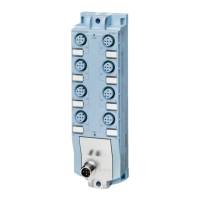
